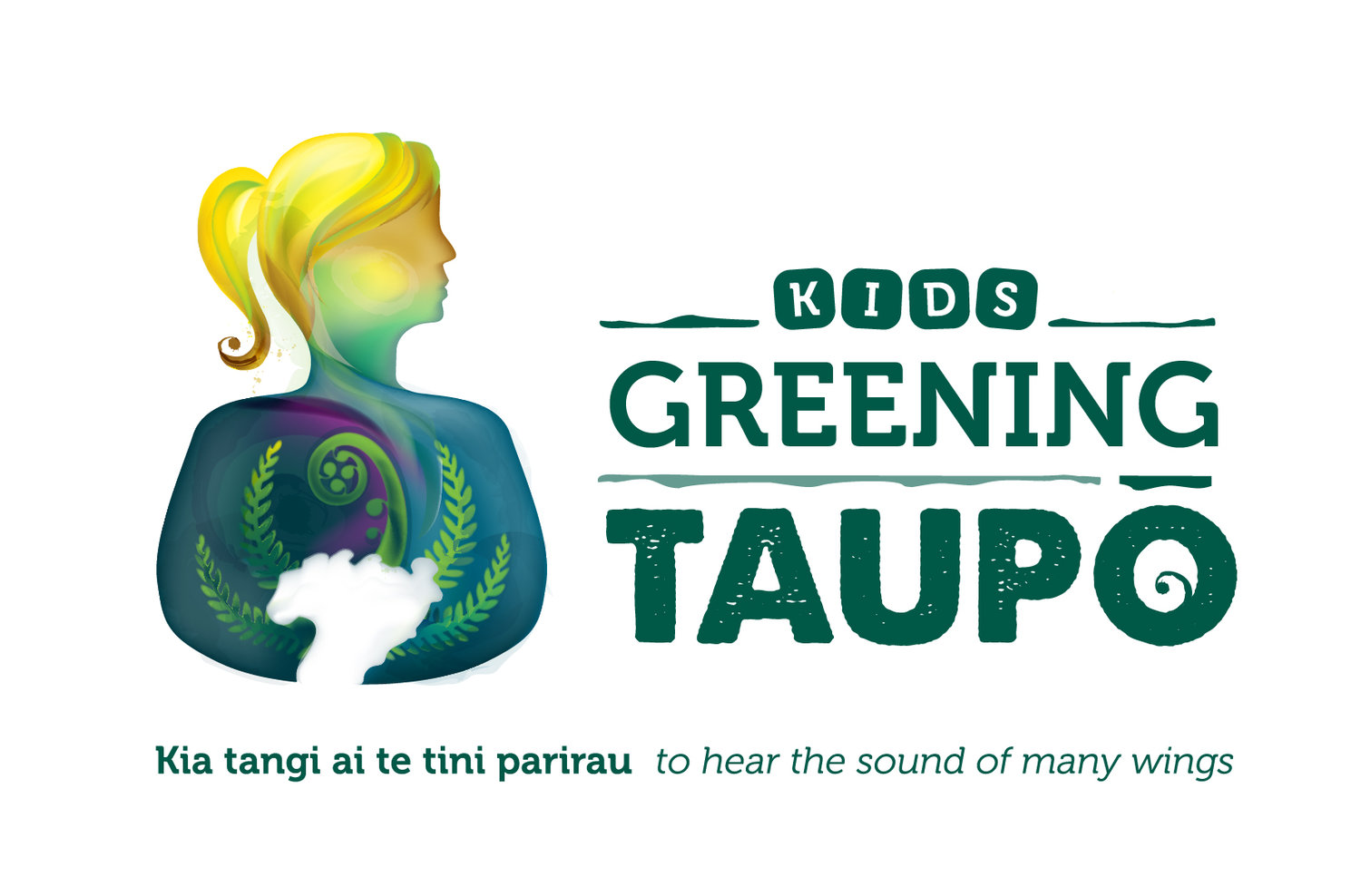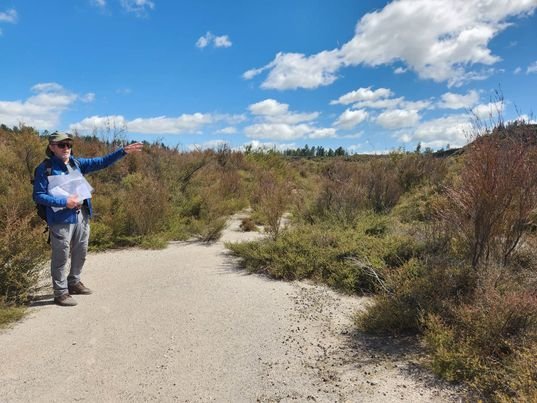Learn about Geothermal Kānuka
Geothermal Kānuka flowering
Taupō is home to a very special and critically endangered plant, geothermal kānuka. Here’s what we learnt about this unique plant from our local ecologist friend, Alana Delich.
A ‘dog poo fungus,’ also called ‘dead man's foot’ and ‘dye balls’ (because it can be used to dye wool). It is not edible, and might actually be poisonous.
Geothermal kānuka is adapted to growing in hot temperatures by rooting really shallow. It has a mycorrhizal relationship with 4 or 5 types of pisolithus fungus (the dog poo fungus) that help it survive at those temperatures. Scientists are still learning about how they work together, but they think that the fungi may help the plant to get nutrients from the geothermal soil, which is nutrient deficient. Isn’t this crazy! A fungus that looks like a dog poo helps it to survive in this tough soil by giving it nutrients!
Geothermal kānuka can root in Temperatures up to about 65 degrees Celsius, but Alana has found it growing where there are soil temperatures of 80 degrees at 10cm deep. It’s incredible that any plant can survive growing in soil that is so hot! It is the only woody species in the world that is adapted to geothermal areas. Most other geothermal species are mosses and grasses. It’s also interesting that when the soil temperatures are hotter, the kānuka is shorter, and when they are cooler it grows taller.
Like all plants, geothermal kānuka provides a habitat for other species. There is a species of dwarf mistletoe (korthasella salicornoides) that can grow on it. It lives in the geothermal kānuka at Tokaanu, near Tūrangi. Alana has found shiny green mānuka beetles and NZ praying mantis living in geothermal kānuka too!
There are only 1350 hectares of geothermal ecosystems in the whole of Aotearoa, which is about the size of 3 average farms. So it is was always a rare ecosystem and it is now considered a critically endangered ecosystem because there is such a small area of it. Geothermal ecosystems are threatened by weeds like wilding pines, and by development of buildings, farms and power stations. DOC, the Waikato Regional Council, and Tangata Whenua , are working hard with organisations like Contact Energy to protect the area that is left though weed and pest control, fencing, and native planting on the edges.
There are small areas of geothermal kānuka at Crown Park and Spa Park, near Otumuheke. The Greening Taupō and Kids Greening Taupō native plantings at these sites will help protect these endangered plants by creating a buffer of native vegetation around them.
Learn more about geothermal areas and find a geothermal scavenger hunt here
Check out these cool photos that Alana has taken in geothermal areas!
Geothermal kānuka and coral lichen
Dog poo fungus amid geothermal kānuka and staghorn clubmoss.
Dog poo fungi with a temperature probe
Read about special geothermal plants and animals in this article (below) from the Kiwi Conservation Club magazine. It was written by one of our keen Kids Greening Taupō Students in 2019. He was part of a field trip to the Craters of the Moon geothermal park during the 50th year celebration of Conservation Week.
Other Resources:
What Lives in Geothermal Areas? - Waikato Regional Council
Mānuka and Kānuka - Department of Conservation






